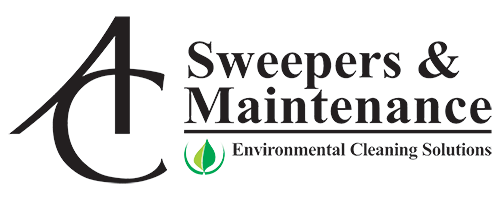Sweeping Trainer
We are a fully insured company. Our equipment is the latest model and well-maintained to provide top-quality power sweeping services for our Atlanta clients. We hold our company to the sweeping industry’s highest ethical standards, evident by our membership in the North American Power Sweeping Association (NAPSA), 1-800-SWEEPER and the World Sweeping Association. Our participation in these organizations provides us with the information we need to keep our Atlanta, Georgia clients updated with the latest tips and techniques in our industry.
Contact AC Sweepers & Maintenance today for a Free Quote or Professional Service Assessment.
Areas We Service
Atlanta, Georgia
Austell, Georgia
Avondale Estates, Georgia
Belvedere Park, Georgia
Brookhaven, Georgia
Buckhead, Georgia
Candler-McAfee, Georgia
Clarkston, Georgia
College Park, Georgia
Dobbins Air Base, Georgia
Austell, Georgia
Avondale Estates, Georgia
Belvedere Park, Georgia
Brookhaven, Georgia
Buckhead, Georgia
Candler-McAfee, Georgia
Clarkston, Georgia
College Park, Georgia
Dobbins Air Base, Georgia
East Cobb, Georgia
East Point, Georgia
East Point, Georgia
Fair Oaks, Georgia
Forest Park, Georgia
Garden Hills, Georgia
Gresham Park, Georgia
Hapeville, Georgia
Kennesaw, Georgia
Lake City, Georgia
East Point, Georgia
East Point, Georgia
Fair Oaks, Georgia
Forest Park, Georgia
Garden Hills, Georgia
Gresham Park, Georgia
Hapeville, Georgia
Kennesaw, Georgia
Lake City, Georgia
Lakewood Heights, Georgia
Mableton, Georgia
Marietta, Georgia
Midtown, Georgia
Morrow, Georgia
Mountain View, Georgia
North Druid Hills, Georgia
Paces, Georgia
Panthersville, Georgia
Peachtree Park, Georgia
Mableton, Georgia
Marietta, Georgia
Midtown, Georgia
Morrow, Georgia
Mountain View, Georgia
North Druid Hills, Georgia
Paces, Georgia
Panthersville, Georgia
Peachtree Park, Georgia
Pine Lake, Georgia
Pointe Bleue, Georgia
Powers Park, Georgia
Sandy Springs, Georgia
Scottdale, Georgia
Smyrna, Georgia
Stone Mountain, Georgia
Underwood Hills, Georgia
Vinings, Georgia
West Paces Ferry, Georgia
Pointe Bleue, Georgia
Powers Park, Georgia
Sandy Springs, Georgia
Scottdale, Georgia
Smyrna, Georgia
Stone Mountain, Georgia
Underwood Hills, Georgia
Vinings, Georgia
West Paces Ferry, Georgia
Our Personnel are on call 24 hours a day, 7 days a week, with services available on a daily, weekly, monthly, or as needed basis
Great company, great customer service from Latasha and they continue to perform and get the job done with no questions asked. I recommend AC Sweepers & Maintenance if you want the job done right. Thank Latasha
Yahpha Malka Yahudith Ari’ELGoogle Review 
Awesome service. They helped clear out our business after the storms in Atlanta!
Jane SilversFacebook Review 
Everyone at AC Sweepers was eager to get our restaurant crystal clear for the grand opening!
Jim WilliamsGoogle Review 














